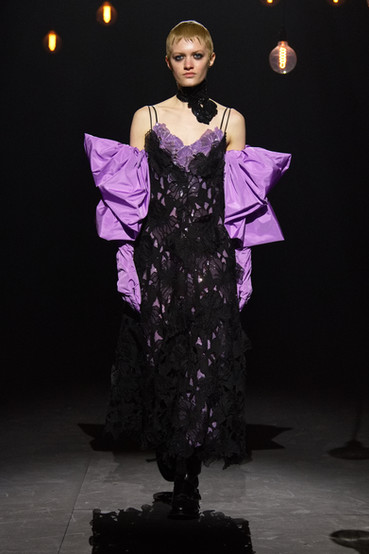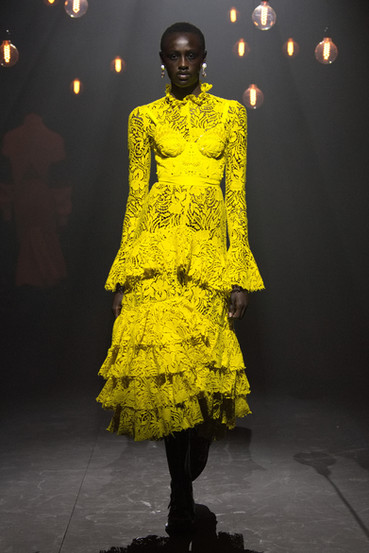ERDEM Autumn Winter 2023
- DUNES

- Feb 20, 2023
- 1 min read
Whilst peeling back the layers of his Bloomsbury townhouse, Erdem discovered echoes of the building’s former residents. Sickly arsenic green wallpaper lined one room, long buried by subsequent owners. He found the drawing of a nude silhouette tucked away in a chimney breast.
Evidence of a hatch in the kitchen next to the entrance hall suggested a monitoring of comings and goings, and the outline of a doorway gives a clue that the building was once connected to its neighbour. The old house has secrets. Who are its ghosts and what are their stories that linger still?
In Victorian times, the building was joined to its neighbours to form “A Home of Hope for the Restoration of Fallen Women”, founded in 1860 and active until the early 20th Century. By 1892 the interconnected houses had received 3,216 women through their doors. The majority were temporary residents for whom hope eventually delivered (one hopes). To be admitted to the Home of Hope was to be offered a hand from the brink of falling out of society. The stakes were high.
The Home of Hope was considered a benevolent environment, though records reveal a riot incited in the square by intoxicated residents who had missed their curfew, which might suggest otherwise. Perhaps there is a sense of unravelling revelry in the bones of the house too? Constant footsteps on stairs and floorboards and endless doors opening and closing, induce surreal hallucinations. The women are long since departed, but the imprints and vestiges of their presence remain.






















































































Comments